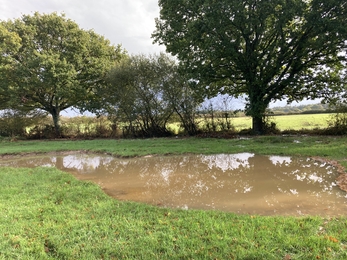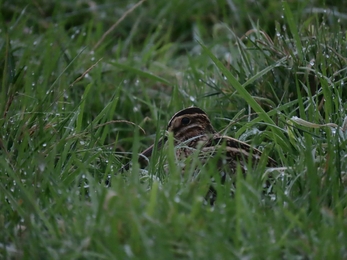March 20 marks World Rewilding Day, a day for people around the world to come together and celebrate successful rewilding projects, and to promote the vision of rewilding aiding in nature’s recovery.
The theme this year is #HopeIntoAction, highlighting the tangible changes that rewilding can make to improve the lives of people and provide space for wildlife to thrive. Restoring natural processes at Wild Woodbury has led to many wins for wildlife and nature’s recovery. There are so many to choose from, but on this World Rewilding Day, we will take a look at just some of the highlights seen at Wild Woodbury.
By allowing the land to rest, we have seen the vegetation undergo rapid transformations, which has allowed for a whole host of ecological functions to be restored. The bare ground has been colonised by a diverse range of flora, and the fields support thriving vegetation. The complex vegetation structure provides ideal habitat for an abundance of small mammals and amphibians. In turn, this has resulted in birds of prey soaring in our skies, hunting for prey. Allowing the natural processes to take the lead means the dynamic and complex ecological functions work effectively.
Not only are the birds of prey thriving, but many other bird species are now seen at Wild Woodbury. The site provides areas for birds to forage, breed and shelter. During the autumn, we have seen species including nightingale and redstart during migration. Seed heads from a range of plants including thistles, docks and teasels are prolific and provide an excellent food source to support birds such as goldfinch during the winter. There are treecreepers in our woodlands, hedges stuffed with yellowhammer, and long-tailed tit flocks cosily huddled together amongst the scrub.






